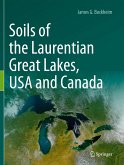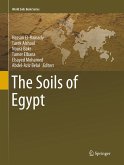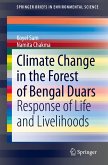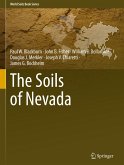This book introduces the reader to the Great Lakes and considers their soil-forming factors and processes, taxonomic structure of the soils, soil geography and pedodiversity, while also addressing the importance and protection of soils in the Great Lakes Coastal Zone. The Great Lakes are an important part of the USA and Canada. Home to 33 million people, including 90% of all Canadians, the Great Lakes account for 20% of the world's surface freshwater and 90% of the USA's freshwater. Key industries include shipping, steel and automobile production, energy generation, fishing, pulp and papermaking, agriculture, and recreation. To date, there has been no comprehensive inventory of the region's soils, which are now subject to dramatic climate change and environmental degradation. This book was prepared using the US Department of Agriculture, Natural Resources Conservation Service databases, including the Web Soil Survey, Soil Series Extent Explorer, soil classification and characterization databases, and county soil surveys, supplemented by shoreline viewer software, the author's independent research, consultation with colleagues, and survey trips around the Great Lakes.








